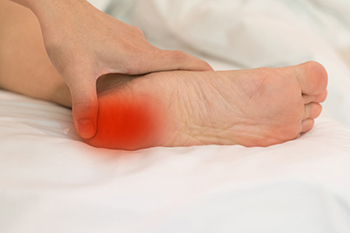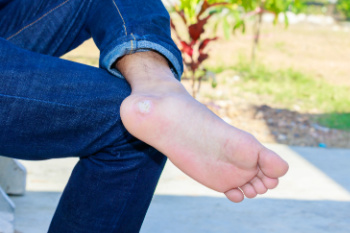
Sever's disease, also known as calcaneal apophysitis, is a common childhood condition characterized by heel pain caused by inflammation of the growth plate in the heel bone. It typically affects physically active children and adolescents, particularly those experiencing growth spurts during puberty. The condition occurs due to repetitive stress or tension on the growth plate and can be seen in active children involved in sports with running or jumping. Radiographic tests, such as X-rays or MRI scans, may be conducted to diagnose Sever's disease, ruling out other potential causes of heel pain and assessing the extent of inflammation or bone changes. If your child complains of heel pain, or if you notice them limping, it is suggested that you schedule an appointment with a podiatrist to help manage this condition.
Sever's disease often occurs in children and teens. If your child is experiencing foot or ankle pain, see one of our podiatrists from Footcare Now. Our doctors can treat your child’s foot and ankle needs.
Sever’s Disease
Sever’s disease is also known as calcaneal apophysitis, which is a medical condition that causes heel pain I none or both feet. The disease is known to affect children between the ages of 8 and 14.
Sever’s disease occurs when part of the child’s heel known as the growth plate (calcaneal epiphysis) is attached to the Achilles tendon. This area can suffer injury when the muscles and tendons of the growing foot do not keep pace with bone growth. Therefore, the constant pain which one experiences at the back of the heel will make the child unable to put any weight on the heel. The child is then forced to walk on their toes.
Symptoms
Acute pain – Pain associated with Sever’s disease is usually felt in the heel when the child engages in physical activity such as walking, jumping and or running.
Highly active – Children who are very active are among the most susceptible in experiencing Sever’s disease, because of the stress and tension placed on their feet.
If you have any questions, please feel free to contact our offices located in Elmhurst Jackson Heights, Astoria, NY, and Rego Park, NY . We offer the newest diagnostic and treatment technologies for all your foot and ankle injuries.





